One Nation One Election
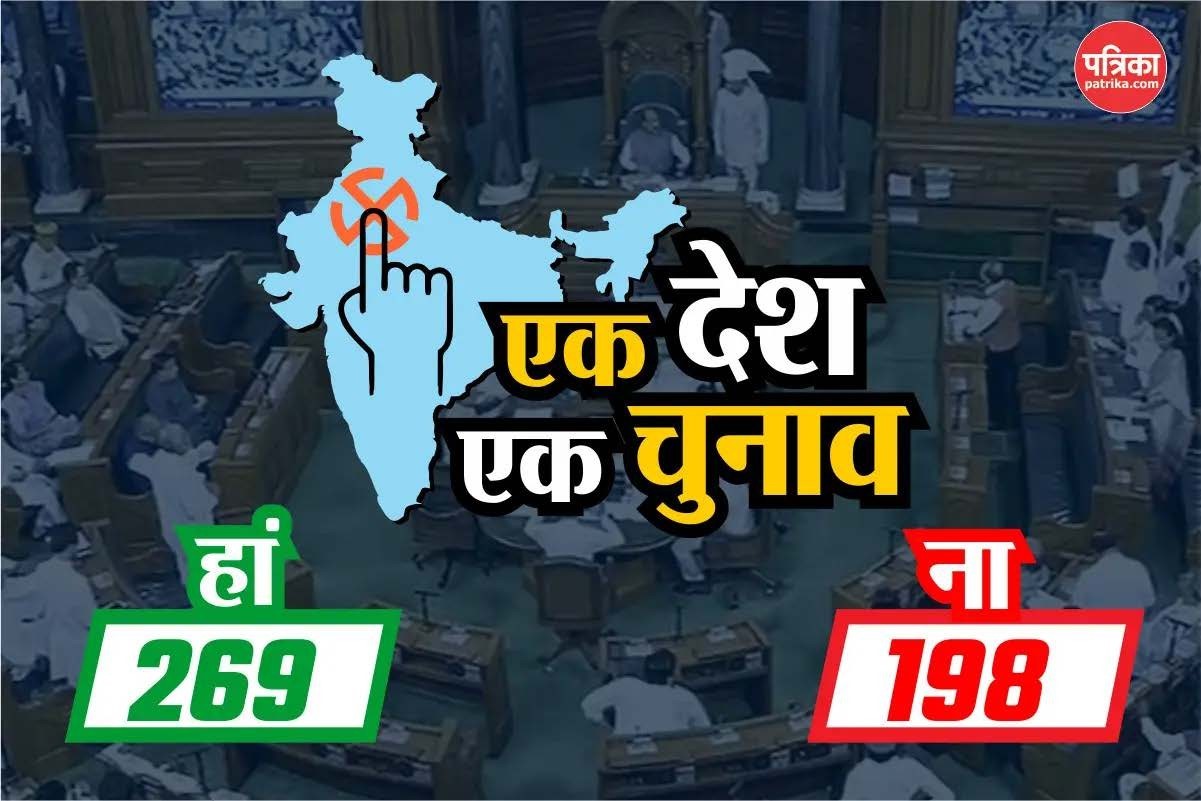
Context:
- The One Nation One Election bill was introduced in Lok Sabha by the Union Law Minister.
- The bill is expected to be sent to a Joint Parliamentary Committee for wider consultations with people from different spectrums of society.
1.
What is One Nation One Election?
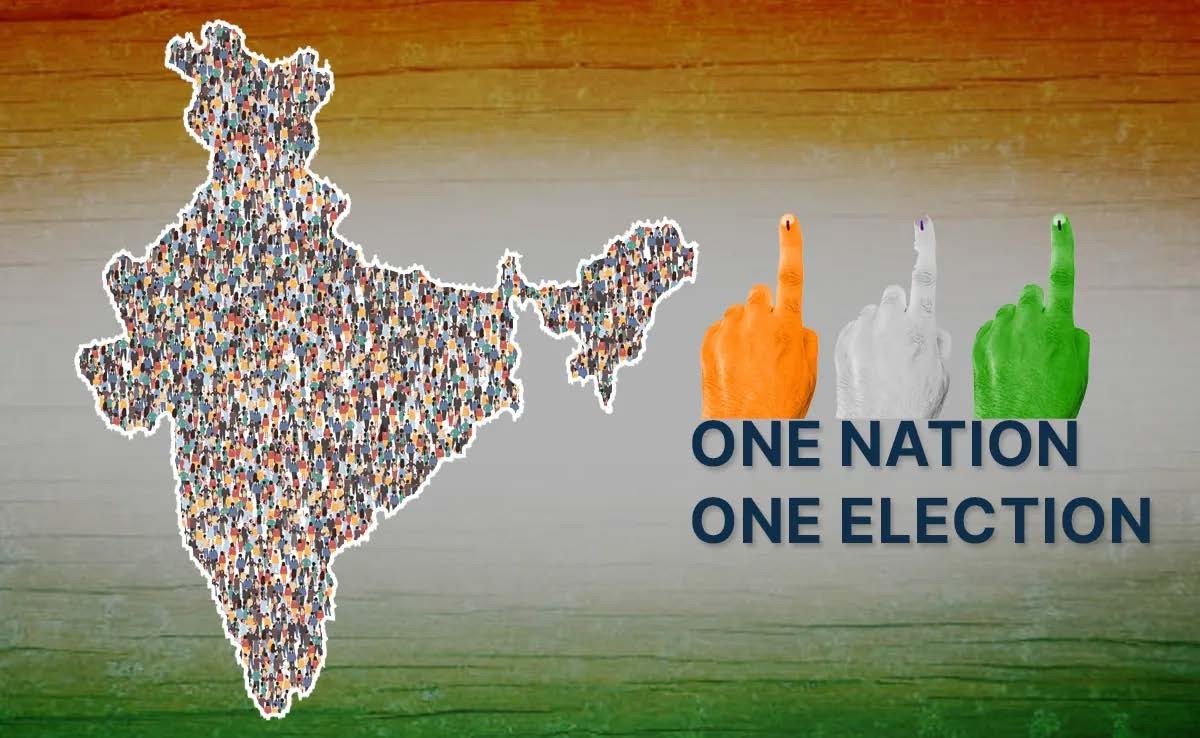
- One Nation, One Election is a proposal under consideration by the Government of India to synchronize all elections in the country either on a single day or within a specific time frame.
- The high-level committee headed by former President Ram Nath Kovind has recommended simultaneous elections to the Lok Sabha and State Assemblies.
- One of its most notable proposals is to simultaneously conduct elections to the Lok Sabha & state legislative assemblies of all 28 states & 2 union territories of Delhi & Puducherry.
- The ONOE proposal also includes elections for urban bodies and panchayats to be conducted within a unified 100-day window.
- The Union Cabinet approved a high-level committee’s recommendation on implementing simultaneous national, state and local polls across India.
2.
What is the History of One Nation One Election (ONOE) in India?
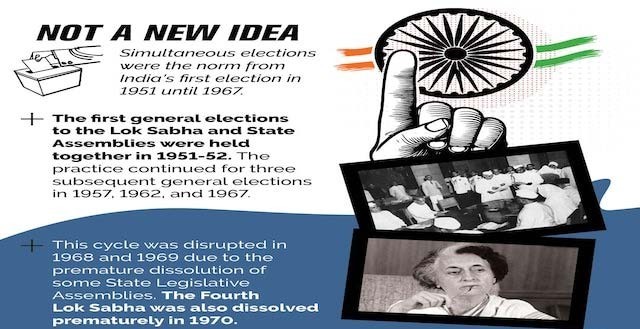
- India's government is revisiting the practice of One Nation One Election for the Lok Sabha and state assemblies, citing its prevalence from 1951 to 1967.
| History | Analysis |
|---|---|
| Pre Independence |
|
| First general election |
 |
| Disruption of One Nation One Election |
|
| Subsequent Lok Sabha elections |
|
| 2024 General elections |
 |
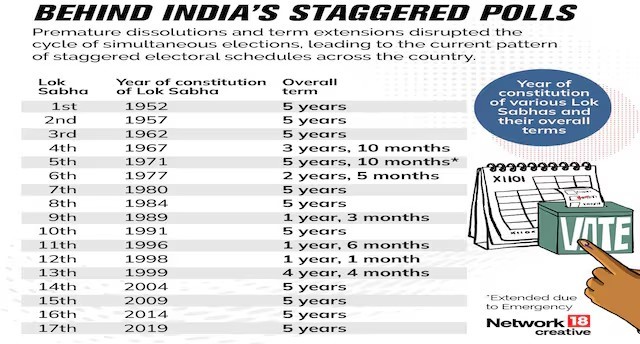
3.
What were the recommendations of the Shri Ramnath Kovind panel on One Nation One Election?
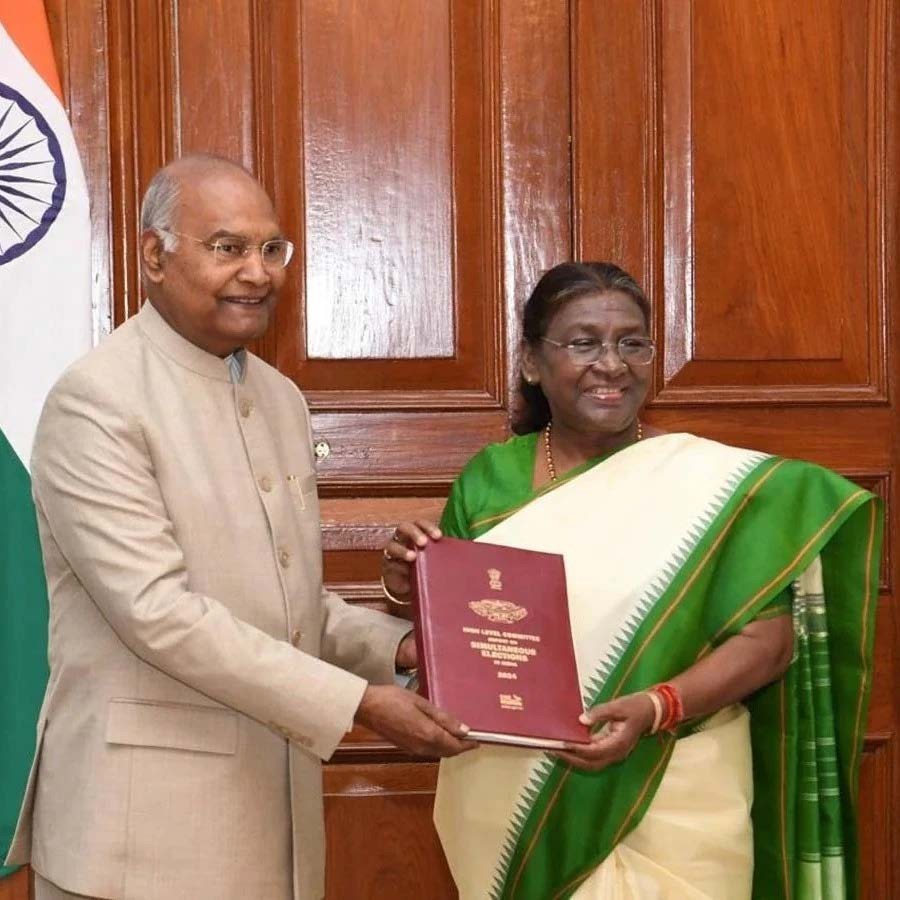
- A high-level panel headed by former president Ram Nath Kovind submitted its report to President Droupadi Murmu, in March 2024 had recommended simultaneous elections for the Lok Sabha and state assemblies as the first step followed by synchronized local body polls within 100 days.
- The other members of the panel are Union Home Minister Amit Shah, former leader of the opposition in the Rajya Sabha Ghulam Nabi Azad, former Finance Commission chairman NK Singh, former Lok Sabha secretary general Subhash Kashyap and senior advocate Harish Salve.
- The panel has highlighted that over 80 percent of nearly 21,000 suggestions from the public were in favor of the exercise.
- Of the 47 political parties that submitted their opinions to the Kovind panel, 32 supported the idea while 15 opposed it.
- These 32 are either Bharatiya Janata Party allies or friendly towards the National Democratic Alliance.
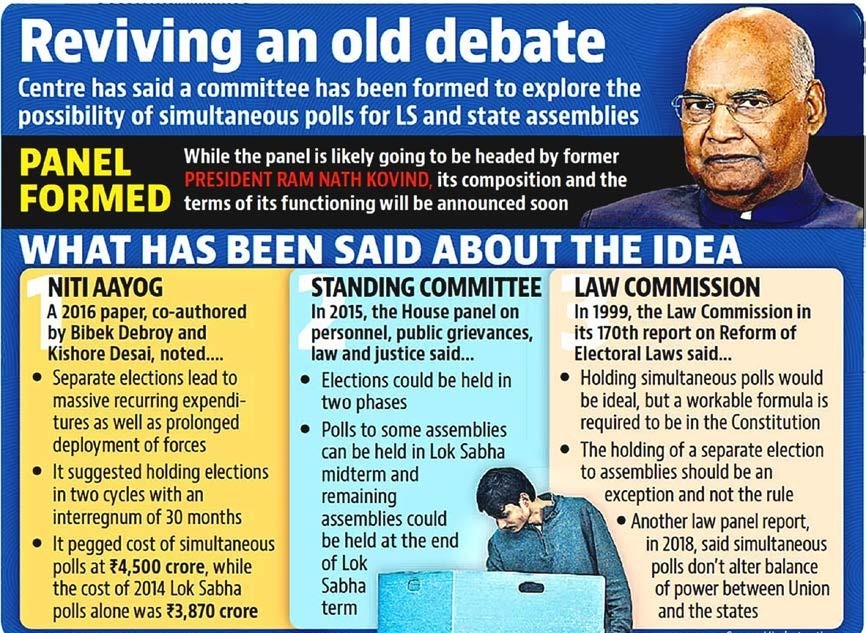
The top 10 recommendations on simultaneous polls made by the high-level panel on "one nation, one election" are:
| 1. |
|
|---|---|
| 2. |
|
| 3. |
|
| 4. |
|
| 5. |
|
| 6. |
|
| 7. |
|
| 8. |
|
| 9. |
|
| 10. |
|
4.
What is the 129th Constitutional Amendment Bill?

- The Constitution (129th) Amendment Bill, 2024 is a landmark proposal aimed at introducing simultaneous elections to the Lok Sabha and state legislative Assemblies.
- Based on the recommendations of a high-level committee chaired by former President Ram Nath Kovind, the bill seeks to streamline the electoral calendar, reduce the financial and administrative burden of frequent elections and improve governance.
| Bill | Analysis |
|---|---|
The Constitution (One Hundred and Twenty-Ninth Amendment) Bill, 2024 |
|
The Union Territories Law (Amendment) Bill, 2024 |
|
5.
What is Article 82A- the proposed addition?
- Article 82A of the Constitution is a proposed amendment in The Constitution (One Hundred and Twenty-Ninth Amendment) Bill, 2024 that would allow for simultaneous elections to the Lok Sabha and all Legislative Assemblies.
- This article is proposed to be inserted after Article 82 of the Constitution, which deals with the readjustment of seats in the Lok Sabha and the division of states into constituencies after each census.
- The President, according to the first clause of the article, would issue a public notification on the date of the first sitting of the Lok Sabha after a general election to bring the provisions of Article 82A into force.
- The date of the notification would be called the appointed date.
- The second clause, as mentioned in the draft bill, says the terms of all legislative Assemblies elected after the appointed date and before the expiry of the full term of the Lok Sabha shall come to an end on the expiry of the full term of the House of the People.
6.
When will One Nation, One Election be implemented?
- As per the bill, the provisions will take effect on an "appointed date," which will be declared by the President.
- This date will coincide with the first Lok Sabha session following a general election.
- The bill outlines that synchronized elections will officially commence in 2034, following the next general elections in 2029.
- Once the system is in place, the Lok Sabha will have a fixed fiveyear term starting from the appointed date.
- Any state legislative assemblies elected after this date will have their terms aligned with the Lok Sabha.
- If required, their terms could be terminated early to synchronize with the central elections.
7.
Enlist parties supporting and opposing One Nation One Election?
| Parties Supporting | Parties Opposing |
|---|---|
|
|
8.
What are the challenges in passing the 129th Constitutional Amendment Bill?
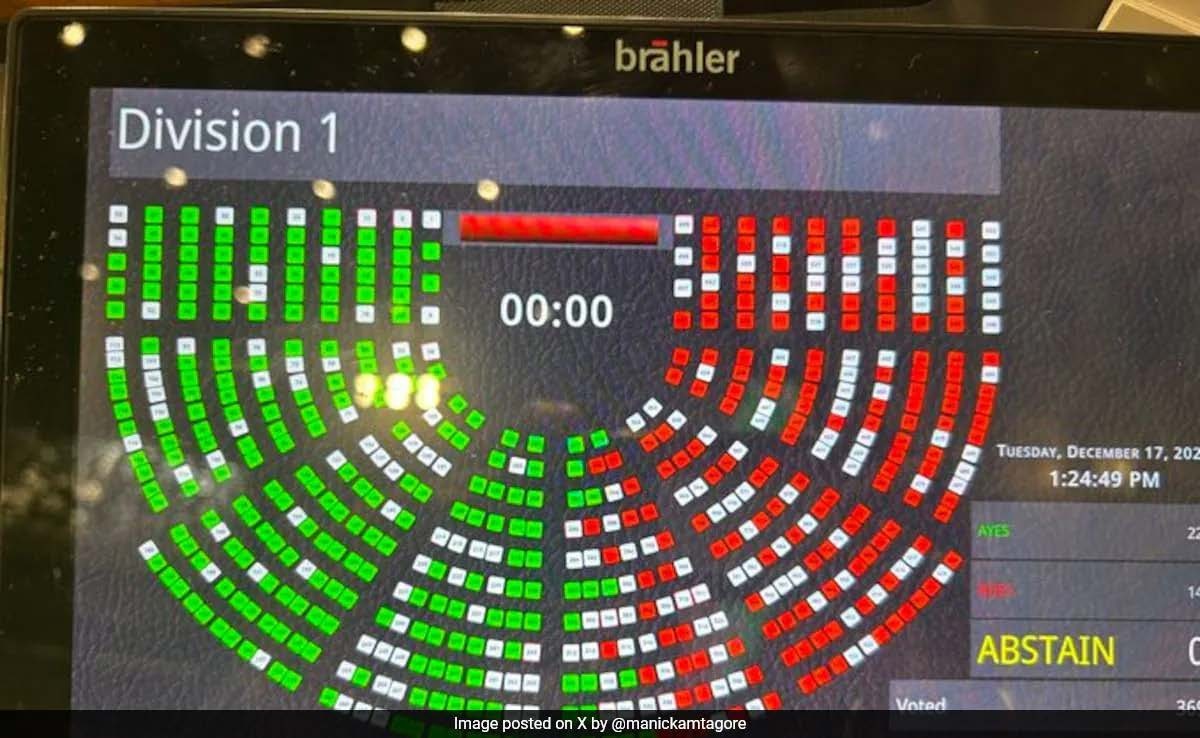
- To implement simultaneous elections, several constitutional amendments must pass, requiring a two-thirds majority in both houses of Parliament i.e. 361 votes in the Lok Sabha and 156 in the Rajya Sabha.
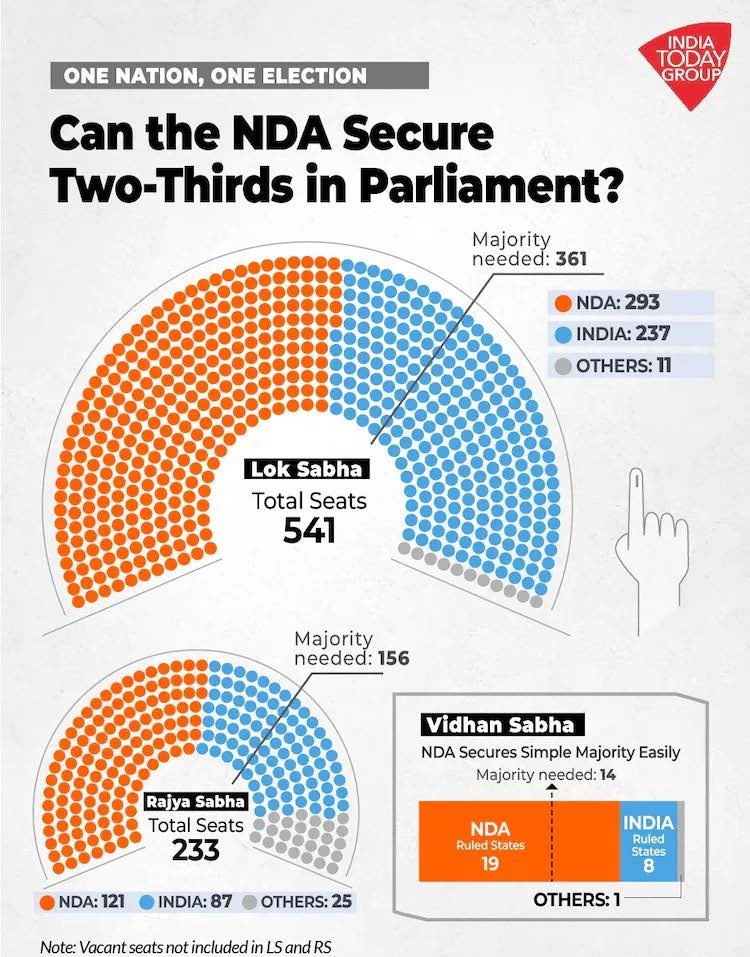
| Challenges | Analysis |
|---|---|
| Lok Sabha numbers: NDA falls short |
|
| Rajya Sabha: A tougher situation |
|
| State Assemblies: A stronger position |
|
| Opposition holds key votes |
|
9.
Enlist provisions needed to implement One Nation One Election?

| Amendments needed | Analysis |
|---|---|
| Representation of the People Act |
|
| Insertion of a new article 82A |
|
| Article 83 (2) and Article 172 (1) |
|
| Provisions for Union territories |
|
| Article 356, Articles 85 and 174 |
|
| 6. Article 325 |
|
| Article 324A |
|
| Hung assembly |
|
10.
What is the Constitutional Amendment Bill?
- The Amendment of the Constitution refers to the process of making changes such as the addition, variation, or repeal of any provision of the Constitution in accordance with the procedure laid down for the purpose.
- The purpose of Constitutional Amendments is to ensure that the Constitution remains a living document capable of adapting to changing circumstances while upholding its fundamental principles and values.
- The Indian Constitution, being a living document, provides for its amendment.
- The detailed provisions regarding the Amendment of the Constitution of India are contained in Article 368 in Part XX of the Indian Constitution.
- These provisions define the process and scope of amending the Constitution.
11.
How is the Constitutional Amendment Bill passed?

- The procedure for the Amendment of the Constitution of India as per Article 368 is as follows:
- A bill for the amendment of the Constitution can be introduced only in either house of the Parliament, not in the State Legislatures.
- The bill can be introduced either by a minister or by a private member and does not require prior permission of the President.
- The bill must be passed in each House by a Special Majority, that is, a majority (more than 50 percent) of the total membership of the House and a majority of two-thirds of the members of the House present and voting.
- Each House must pass the bill separately.
- In case of a disagreement between the two Houses, there is no provision for holding a joint sitting of the two Houses for deliberation and passage of the bill.
- If the bill seeks to amend the federal provisions of the Constitution, it must also be ratified by the legislatures of half of the states by a Simple Majority, that is, a majority of the members of the House present and voting.
- After duly passed by both Houses of Parliament and ratified by the State Legislatures, where necessary, the bill is presented to the President for his/her assent.
- The President must give his assent to the bill.
- He can neither withhold his assent to the bill nor return the bill for reconsideration by the Parliament.
- After the President’s assent, the bill becomes an Act (i.e. a Constitutional Amendment Act), and the Constitution stands amended as per the changes made by the Act.
12.
What are the advantages of One Nation One Election?
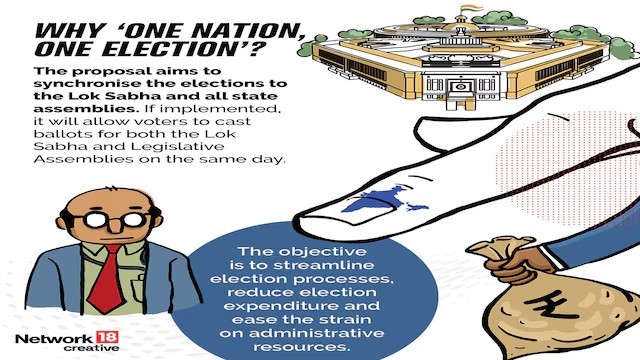
Proponents of the ONOE system argue that it offers several key advantages.
| Need | Analysis |
|---|---|
| Cost efficiency: |
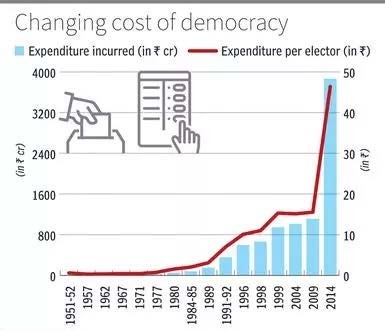 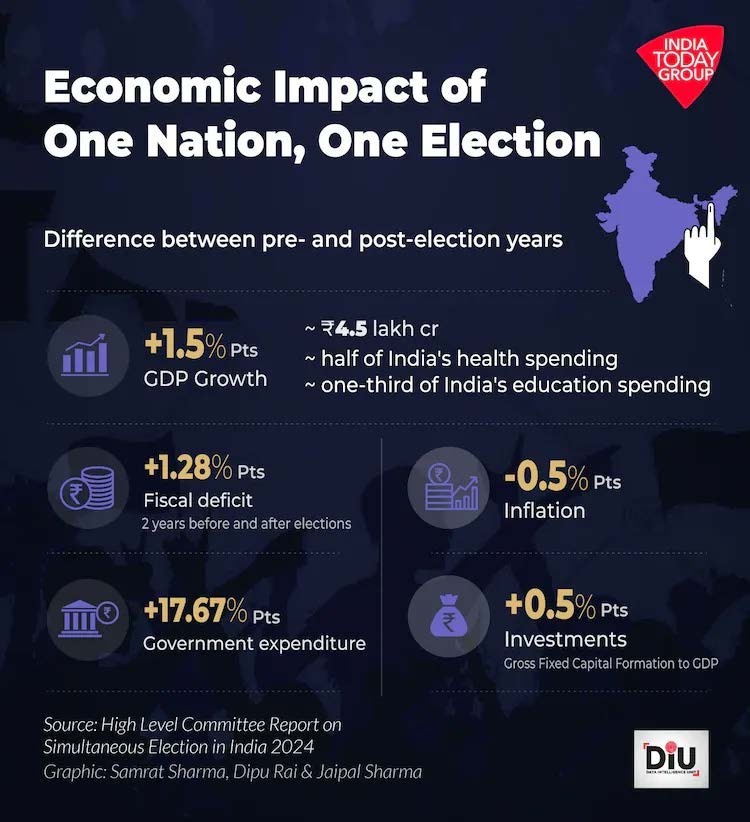 |
| Administrative efficiency |
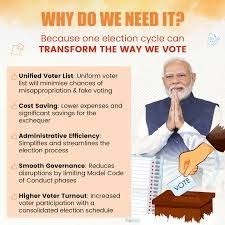 |
| Prevents policy paralysis |
|
| Historical Precedent |
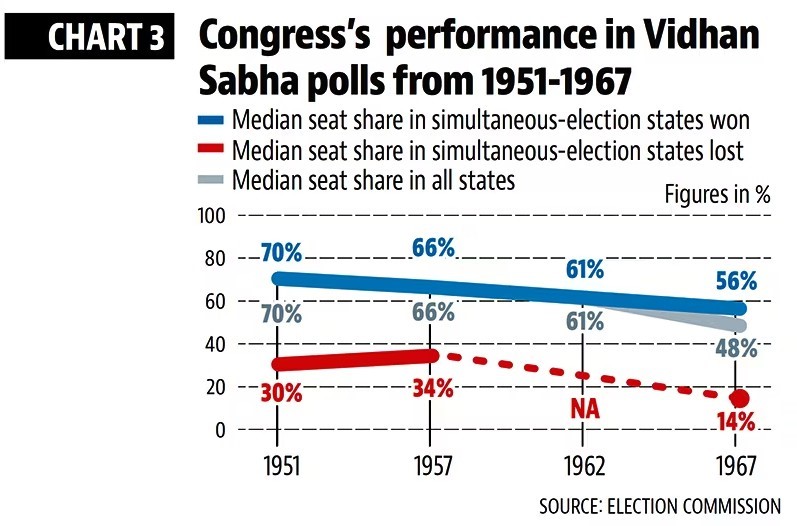 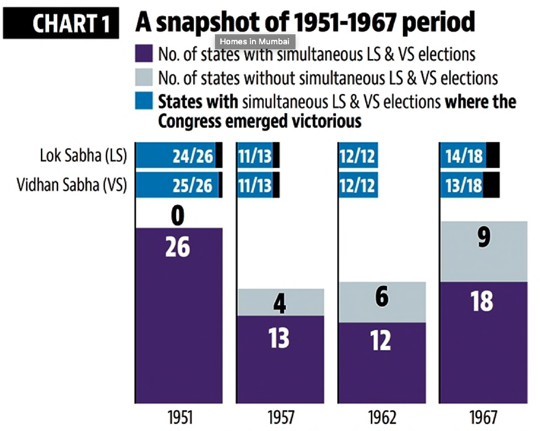 |
| Increased Voter Turnout |
|
| Reduced duration of ‘model code of conduct |
|
| Mitigates resource diversion |
|
| Reduced burden on Courts |
|
| Inclusivity and regional representation |
|
| Enhances political opportunities |
|
| Focus on governance instead of being in ‘election mode’ |
|
| Reduce Voter Fatigue |
|
| Simplified Voting Process |
|
| Reduced use of ‘black money’ |
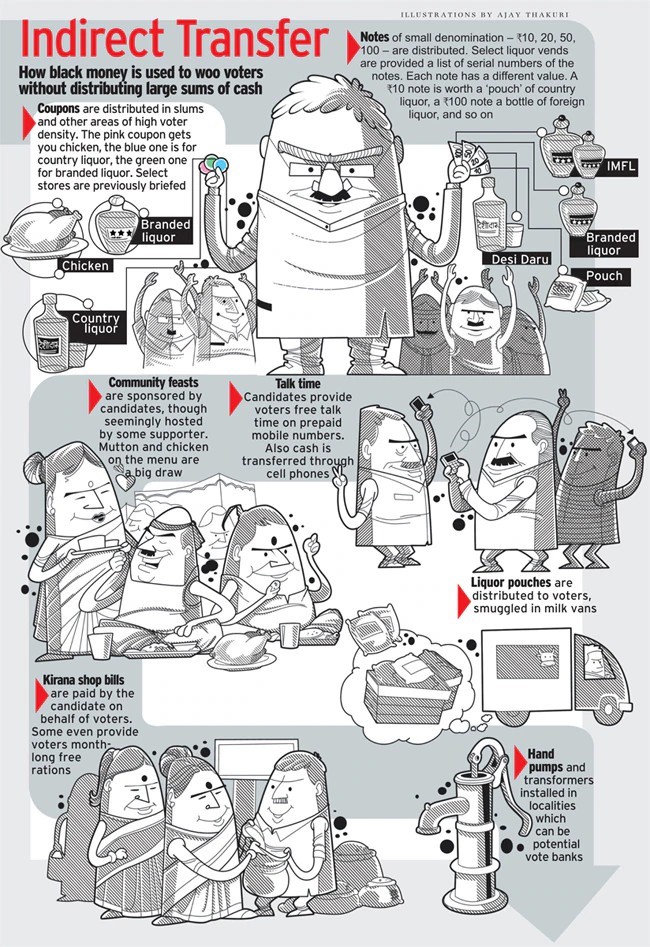 |
| Boosts economic growth |
|
| ‘Transformative shift’ in democracy |
|
13.
What are the disadvantages in One Nation One Election?
| Potential Violation of Basic Structure Doctrine |
|
|---|---|
| Midterm polls or the President’s rule |
|
| Undermine Federalism |
|
| Interests of regional political parties |
|
| Changes in the Constitution |
|
| Regional issues may be overshadowed by national issues |
|
| Challenges to Local Body Elections |
|
14.
What are the challenges in implementation of One Nation One Election?
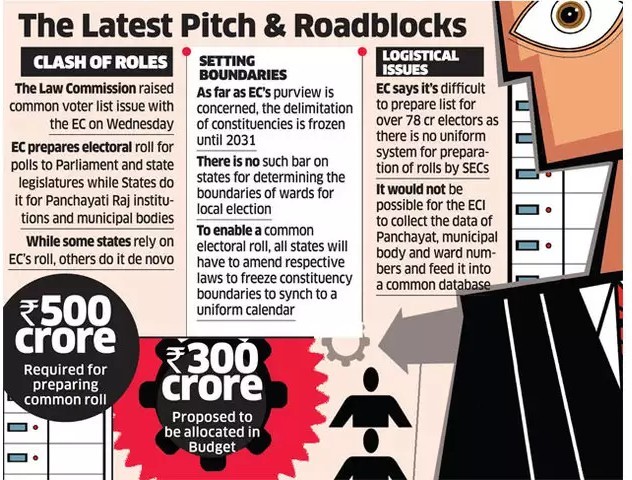
| Challenges | Analysis |
|---|---|
| Constitution al and legal changes: |
|
| Constitution al Hurdles: |
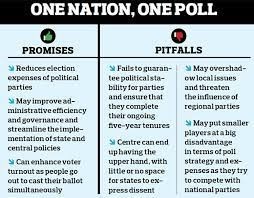 |
| Federalism Concerns |
|
| Logistical Issues |
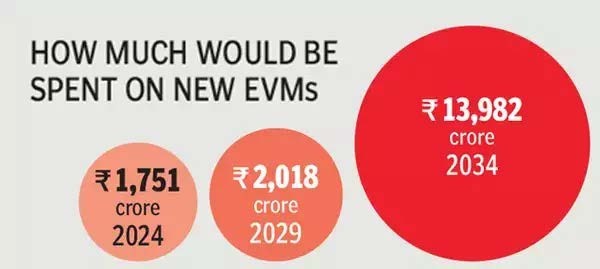 |
| High cost to the exchequer |
|
| Large requirement of security personnels |
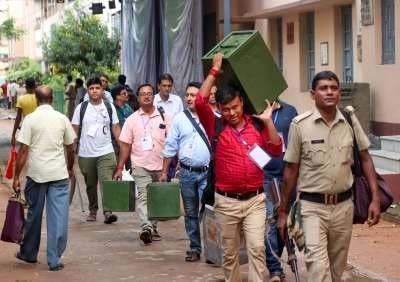 |
15.
What are the concerns of opposition parties for One Nation One Election?
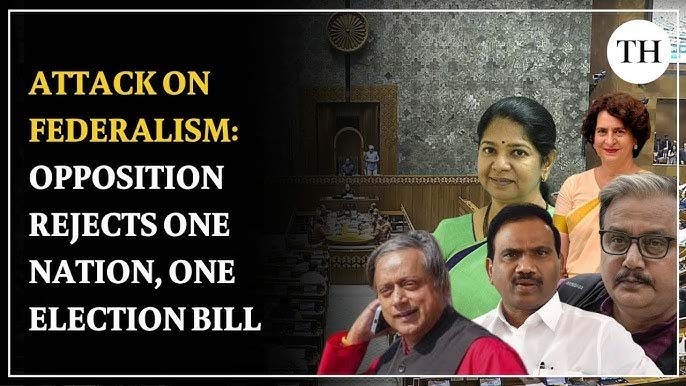
- Out of the 47 political parties which gave their opinion to the Ram Nath Kovind-led panel on simultaneous elections, 32 supported the idea, whereas 15 opposed it.
- Targeting the BJP-led government at the Centre over the introduction of two bills in Lok Sabha that lay down the mechanism to hold simultaneous elections, AICC general secretary K C Venugopal on December 17, 2024 said that the clear intention behind 'one nation, one election' is "one nation, no election".
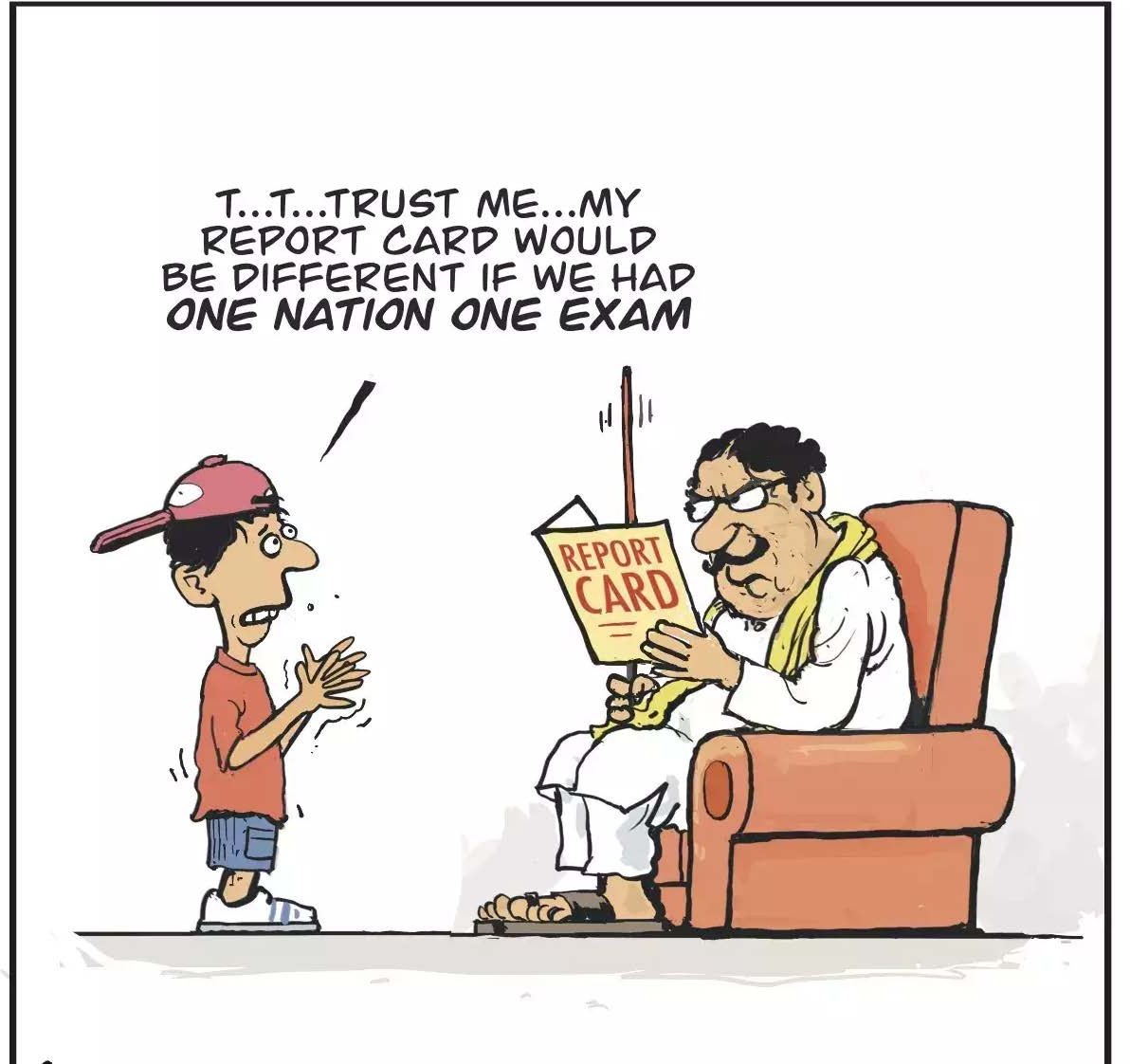
- All the 10 parties part of the INDIA bloc oppose the move.
- The all-party meet called to discuss the proposal was skipped by the heads of several political parties including the Congress (INC), Trinamool Congress (TMC), Bahujan Samaj Party (BSP), Samajwadi Party (SP) and Dravida Munnetra Kazhakam (DMK), while Aam Aadmi Party (AAP), Telugu Desam Party (TDP) and Telangana Rashtra Samithi (TRS) sent representatives to attend it.
- Congress has outright rejected the proposal calling it a design of the saffron party to bring “one face, one name and one ideology”.
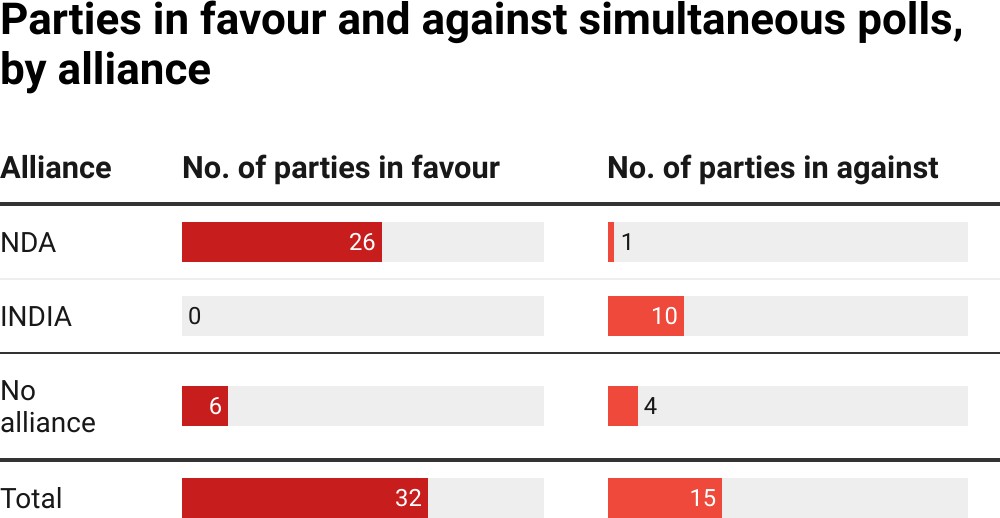
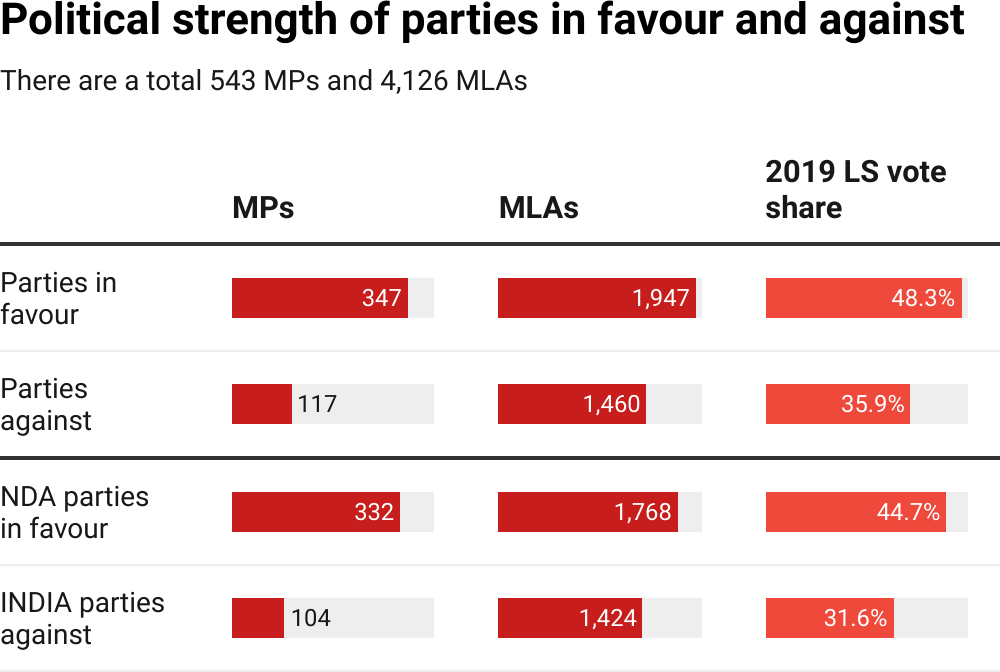
| Concern | Analysis |
|---|---|
| Federalism Concerns |
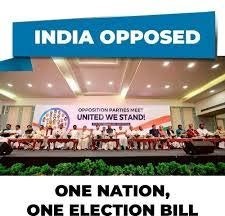 |
| Threat to Basic Structure of constitution. |
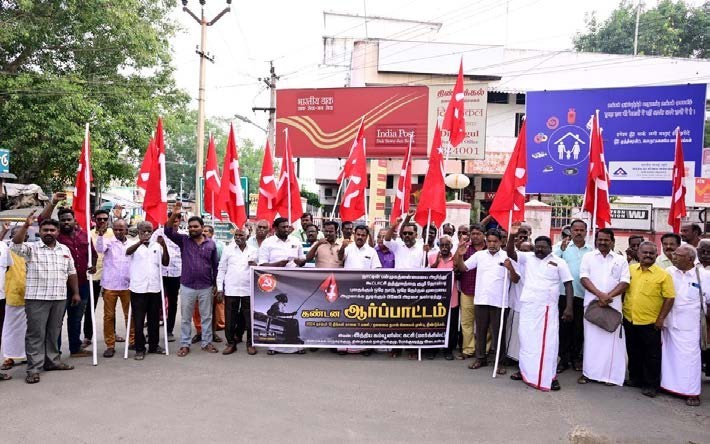 |
| Against parliamentary system of governance |
|
| Institutionaliz e a Presidential form of government |
|
| Democratic Representati on |
|
| Risk of Single-Party Dominance |
|
16.
What is the opinion of Indian citizens about One Nation One Election?
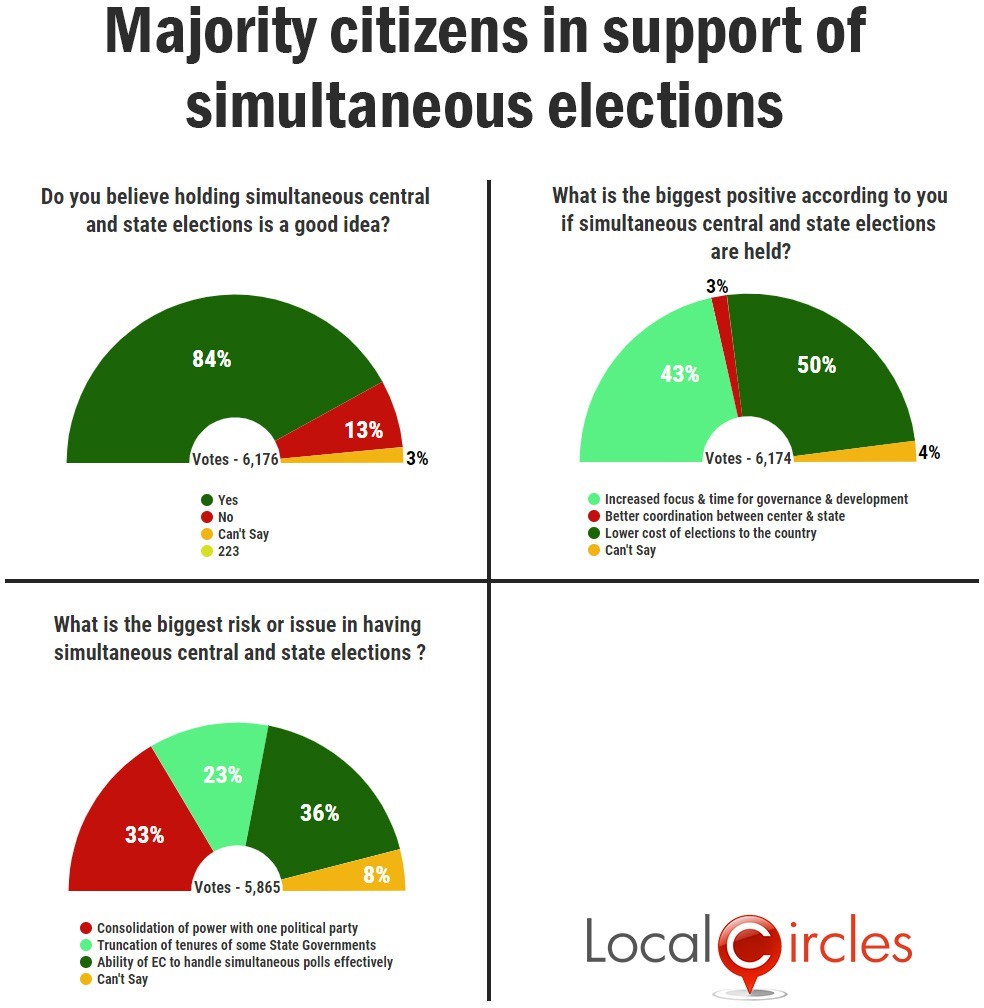
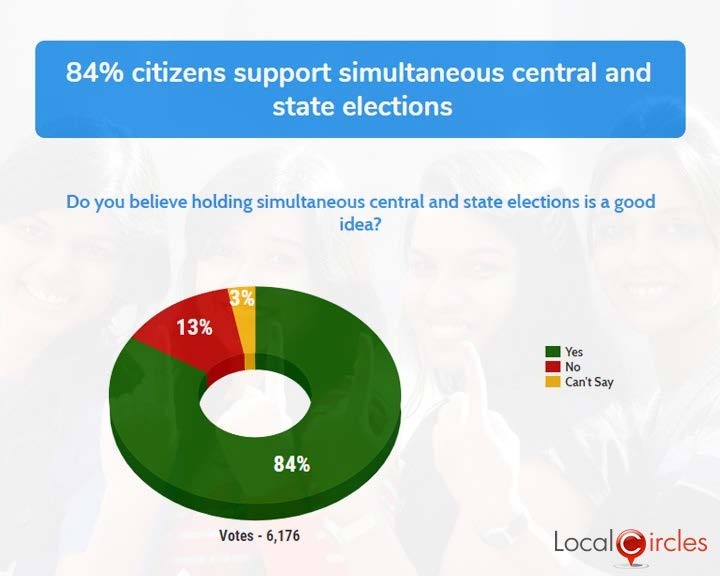
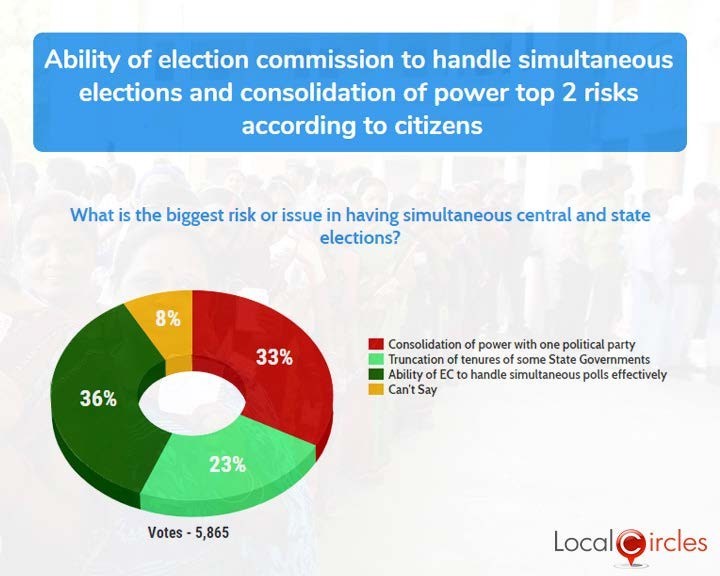
17.
Enlist countries that have provision for One Nation One Election?
- The high-level panel led by former president Ram Nath Kovind on 'one nation, one election' studied election processes in seven countries including South Africa, Sweden and Belgium, before recommending simultaneous polls for Lok Sabha and state assemblies in India.
- The other countries where simultaneous elections are conducted are Germany, Japan, Indonesia and the Philippines.
| Countries | Election Process |
|---|---|
South Africa
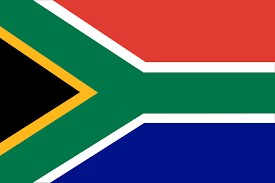 |
|
Sweden
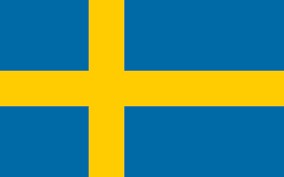 |
|
Indonesia
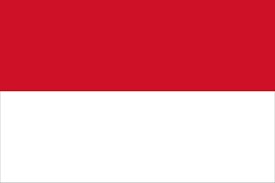 |
|
Nepal
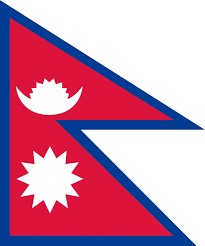 |
|
18.
What could be a possible way ahead?
| Countries | Election Process |
|---|---|
| Bold and transformativ e reform in the democratic framework of India |
|
| Enhancement of the economic trajectory of the country |
|
| Comprehensi ve reforms and a consensus |
|
| Focus on state-specific concerns |
|
- The idea of "One Nation, One Election" is not merely an administrative proposal but a visionary framework that could significantly reshape the political landscape of India.
- The benefits of enhanced efficiency, reduced costs, increased voter engagement, and improved governance present a compelling case for its implementation.
What is the relevance of the topic for UPSC CSE?
For Prelims: Simultaneous Elections, Municipalities and Panchayats, Election Commission of India, State Election Commissions, Article 356,Voter-verified paper audit trail (VVPAT), Representation of the People Act 1951, Anti-defection law, No-confidence motions
For Mains: One Nation, One Election: Benefits, Challenges and Way Forward. Election funding,Election reform.
Some Previous Years Prelims Questions
Q.1 Consider the following statements: (2020)
1. According to the Constitution of India a person who is eligible to vote can be made a minister in a State for six months even if he/she is not a member of the Legislature of that State.
2. According to the Representation of People Act, 1951, a person convicted of a criminal offense and sentenced to imprisonment for five years is permanently disqualified from contesting an election even after his release from prison.
Which of the statements given above is/are correct?
(a) 1 only
(b) 2 only
(c) Both 1 and 2
(d) Neither 1 nor 2
Q.2 Consider the following statements: (2017)
1. The Election Commission of India is a five-member body.
2. The Union Ministry of Home Affairs decides the election schedule for the conduct of both general elections and byeelections.
3. Election Commission resolves the disputes relating to splits/mergers of recognised political parties.
Which of the statements given above is/are correct?
(a) 1 and 2 only
(b) 2 only
(c) 2 and 3 only
(d) 3 only
Some Previous Years Mains Questions
Q.1 Examine the need for electoral reforms as suggested by various committees with particular reference to “one nation – one election” principle.[2024]
Q.2 ‘Simultaneous election to the Lok Sabha and the State Assemblies will limit the amount of time and money spent in electioneering but it will reduce the government’s accountability to the people’ Discuss. [2017]
Some Questions from This Year and Previous Years Interview Transcripts
Board Dinesh Dasa sir:
- Should there be one nation and one election?
- Should the election schedule have been two months long?
- What would you have done if you were chief election commissioner?
- What are the advantages of one nation one election?
Board Dinesh Dasa sir:
- Do you think we can conduct simultaneous elections ?
Board Dinesh Dasa sir:
- Long monologue on one nation, one election
- If I appoint you as a DM, what measures do you take as precaution for conducting simultaneous elections?
Board RN Choubey sir:
- What is your opinion on simultaneous elections?
Board Dinesh Dasa sir:
- Tell me about the High Level Committee report on simultaneous elections.
- What will be its impact?
- Have you gone through the report or are you simply guessing?
Some Questions for QUIZ
Q.1 RamNath Kovind committee, is related to which of the following:
(a) Simultaneous elections
(b) Manipur Violence
(c) Legalizing of MSP
(d) Inclusion of Ladakh in 6th schedule
Some Questions for POLL
Q.1 Can ONOE lower the election expenditure?
(a) YES
(b) NO
(c) Can’t say
Q.2 Can ONOE harm the regional political parties?
(a) YES
(b) NO
(c) Can’t say
QUICK LINKS